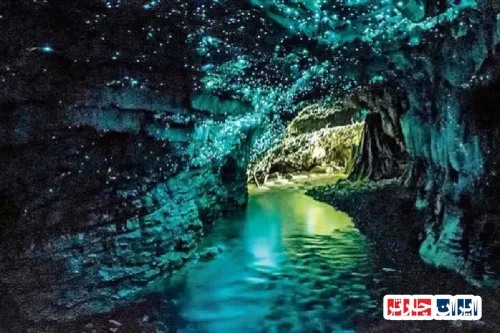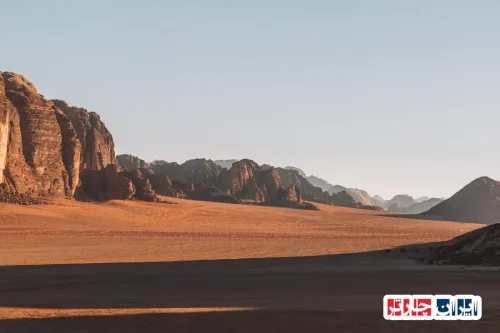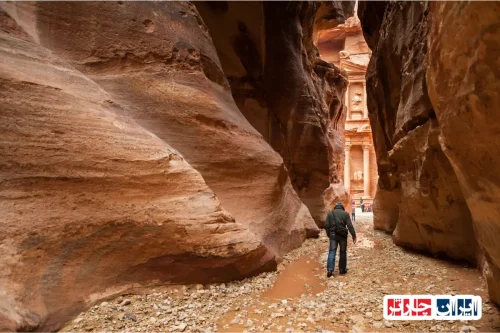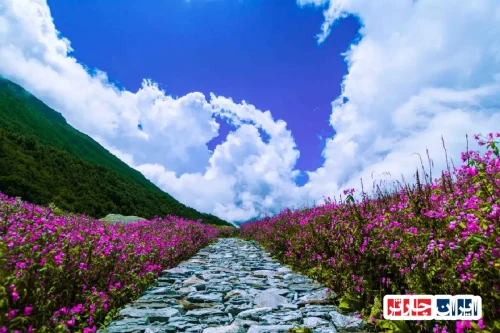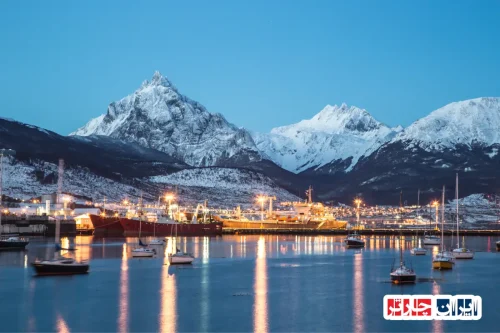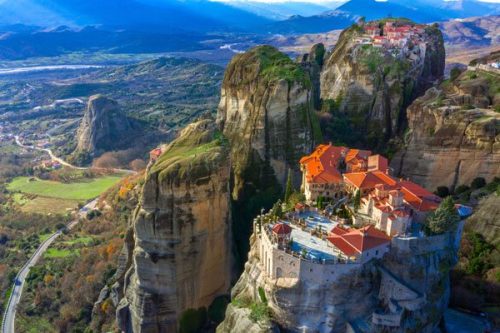Great Wildebeest Migration Serengeti/Masai Mara Tanzania/Kenya: An Unforgettable Natural Phenomenon
Discover the incredible journey of the Great Wildebeest Migration-Iran Charter, a spectacular natural event that showcases the awe-inspiring movement of millions of wildebeests, zebras, and other herbivores across the plains of Africa. This migration, spanning the vast regions of the Serengeti and Masai Mara in Tanzania and Kenya, is considered one of the most remarkable wildlife spectacles on Earth. Witnessing this extraordinary phenomenon offers a unique opportunity to observe the intricate balance of nature, predator-prey interactions, and the resilience of wildlife in the face of challenging environmental conditions. The migration follows a seasonal pattern driven by rainfall and water availability, leading animals to traverse treacherous rivers and open plains in search of fresh grazing grounds and water sources. This annual event not only sustains the ecological health of these ecosystems but also attracts countless travelers and researchers eager to experience its magic firsthand. Planning a trip during the peak migration months ensures unforgettable moments, stunning photography opportunities, and a deeper understanding of Africa’s rich biodiversity. Whether you’re an adventure seeker, a wildlife enthusiast, or a conservation advocate, the Great Wildebeest Migration offers an unparalleled glimpse into the raw beauty of nature’s cycles and the enduring spirit of life on the savannah.
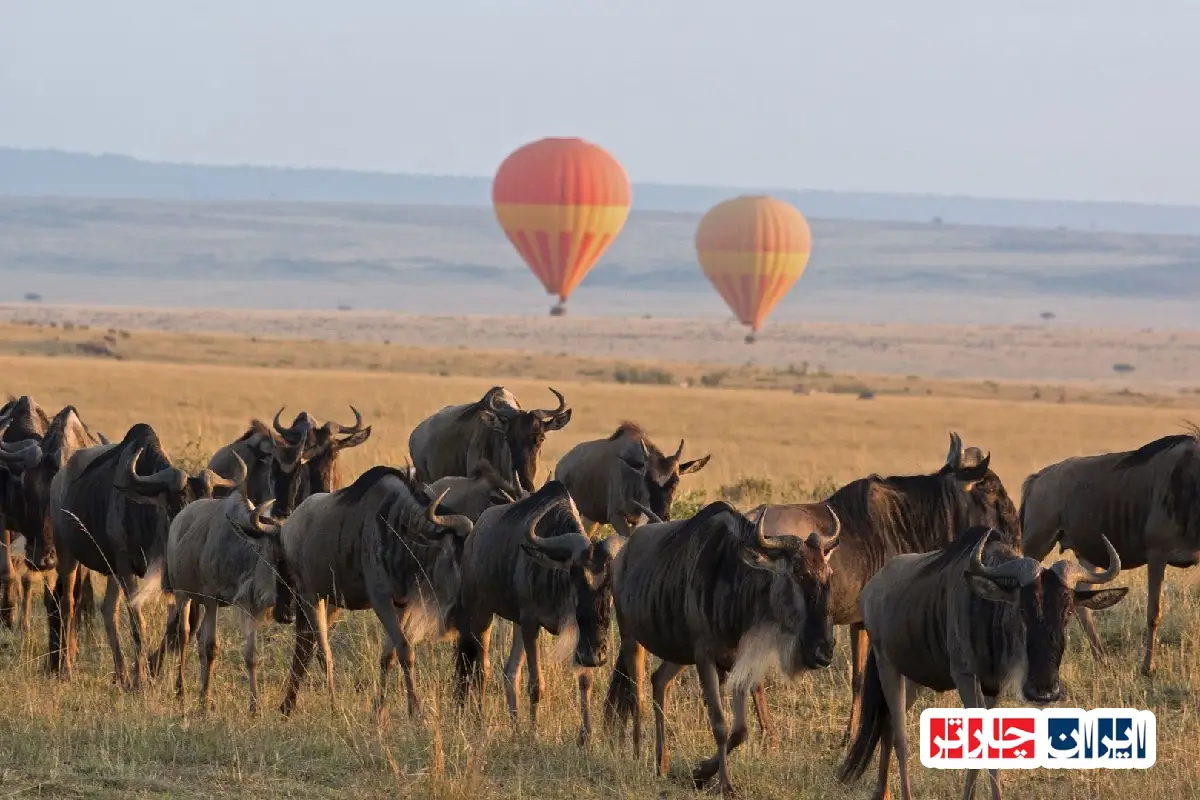
Understanding the Great Wildebeest Migration in Serengeti and Masai Mara
The Great Wildebeest Migration across the Serengeti in Tanzania and the Maasai Mara in Kenya is one of the most spectacular natural phenomena on Earth. Every year, millions of wildebeest, along with zebras and gazelles, undertake a perilous journey in search of fresh grazing grounds and water sources. This migration is driven by seasonal rains and the availability of pasture, creating a dynamic and awe-inspiring spectacle that attracts travelers and wildlife enthusiasts from around the globe. The movement spans hundreds of kilometers, crossing rivers and open plains, showcasing the resilience and instinctual behavior of these animals. Witnessing this incredible event offers a unique opportunity to observe predator-prey interactions, herd behavior, and the delicate balance of the ecosystem.
The Timeline and Best Seasons to Witness the Migration
The migration typically peaks between July and October, when the herds cross the Mara River into Kenya’s Maasai Mara. During this period, the landscape is lush, and the water crossings are dramatic, often involving crocodile encounters. The months of June and November mark the beginning and end of the migration cycle, with animals moving between the southern plains of Serengeti and the northern regions of Maasai Mara. Planning a trip during these months ensures the best chances to see large herds, river crossings, and predator hunting scenes. Off-peak seasons also offer unique viewing opportunities, such as calving in February and March, when thousands of newborns add to the spectacle. Accurate timing and local guidance are essential for an unforgettable experience.
Key Factors Influencing Migration Patterns
The migration is primarily influenced by seasonal rainfall and grass growth cycles. Heavy rains in the southern Serengeti trigger the herds’ movement northward, while dry seasons push them back south. Climate variability, such as droughts or delayed rains, can alter traditional routes and timing. Changes in water availability and pasture quality directly impact herd movements, making the migration a sensitive indicator of ecological health. Additionally, human activities like land development and poaching pose threats to this natural cycle. Conservation efforts focus on maintaining migratory corridors and protecting habitat to ensure the persistence of this iconic event for future generations.
The Role of Predators and Ecosystem Dynamics
The migration sustains a complex ecosystem involving predators such as lions, cheetahs, and crocodiles. As herds cross rivers and plains, predator-prey interactions intensify, providing thrilling wildlife viewing opportunities. Predators rely on the migration to hunt vulnerable young and weak animals, maintaining ecological balance. The presence of predators also influences herd behavior, herd formation, and movement patterns. This predator-prey dynamic is a vital component of the Serengeti-Maasai Mara ecosystem, illustrating the interconnectedness of species and the importance of preserving their natural habitats. Observing these interactions offers insights into natural selection and survival strategies in the wild.
Conservation Challenges and Human Impact
The iconic wildebeest migration faces numerous threats, including habitat fragmentation, poaching, and climate change. Expanding agricultural land and infrastructure development threaten migratory routes and water sources. Illegal hunting and snaring also endanger wildlife populations. Climate change leads to unpredictable rainfall patterns, disrupting traditional migration timing and routes. Conservation organizations work to establish protected areas, wildlife corridors, and community engagement programs to mitigate these issues. Sustainable tourism practices are crucial to balance economic benefits with ecological preservation, ensuring that future generations can witness this natural wonder.
How to Plan a Responsible Safari to Witness the Migration
Planning a safari to see the Great Wildebeest Migration requires careful consideration of timing, location, and responsible tourism practices. Selecting reputable tour operators with eco-friendly policies ensures minimal environmental impact. The best viewing spots include central Serengeti during the river crossings and Maasai Mara during the peak months. Travelers should respect wildlife distances, avoid disturbing animals, and follow park regulations. Photography tips include using telephoto lenses and capturing scenes during early morning or late afternoon light. Proper planning enhances the experience while supporting conservation efforts and local communities.
Unique Photography Opportunities During the Migration
The migration offers unparalleled opportunities for wildlife photography, capturing dramatic river crossings, herd movements, and predator hunts. To get stunning shots, use long lenses to maintain distance and avoid disturbing animals. Patience and timing are key, as moments like crocodile attacks or calves being born create iconic images. Shooting during golden hours enhances natural lighting, adding warmth and depth to photos. Protect your equipment from dust and weather conditions common in savannah environments. Documenting this event not only creates memorable images but also raises awareness about wildlife conservation.
Impact of Climate Change on the Future of the Migration
Climate change poses a significant threat to the sustainability of the Great Wildebeest Migration. Altered rainfall patterns and prolonged droughts can lead to habitat loss and reduced water availability, forcing herds to alter their traditional routes or reduce their numbers. These changes threaten the ecological balance and the survival of species dependent on the migration. Conservation strategies now emphasize climate resilience, habitat restoration, and safeguarding migratory corridors. International cooperation and local community involvement are essential to adapt to these challenges and preserve this natural spectacle for future generations.
Understanding the Cultural Significance of Migration for Local Communities
The migration holds deep cultural and spiritual importance for indigenous communities living near the Serengeti and Maasai Mara. Many local tribes have traditional stories and rituals linked to the movement of herds, viewing it as a symbol of life and renewal. The migration also supports their livelihoods through eco-tourism and sustainable hunting practices. Respecting local customs and engaging communities in conservation efforts foster a harmonious relationship between humans and wildlife. Preserving this natural event ensures cultural heritage remains alive and continues to inspire future generations.
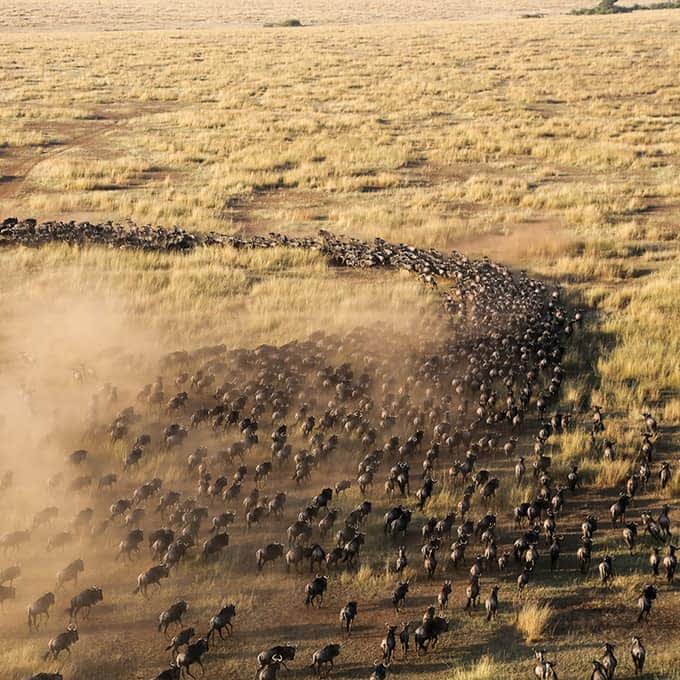
Frequently Asked Questions About the Great Wildebeest Migration in Serengeti and Masai Mara
- What is the Great Wildebeest Migration?
- The Great Wildebeest Migration is an annual movement of millions of wildebeest, zebras, and gazelles across the Serengeti in Tanzania and the Maasai Mara in Kenya. It is driven by seasonal rains and the search for fresh grazing and water, creating one of the most spectacular natural phenomena on Earth.
- When is the best time to witness the migration?
- The peak of the migration occurs between July and October, especially during river crossings into Kenya’s Maasai Mara. The months of June and November mark the beginning and end of the cycle, with calving happening in February and March, offering different viewing opportunities.
- What factors influence the migration patterns?
- Migration patterns are primarily affected by seasonal rainfall and grass growth cycles. Heavy rains in the south push herds northward, while dry seasons lead them back south. Climate variability and water availability also play significant roles.
- How do predators interact with the migration?
- Predators such as lions, cheetahs, and crocodiles rely on the migration to hunt vulnerable animals. River crossings often involve predator-prey interactions, providing thrilling wildlife viewing and maintaining ecological balance.
- What are the main threats to the migration?
- Threats include habitat fragmentation, poaching, climate change, and infrastructure development. These factors can disrupt traditional routes and water sources, endangering the survival of the herds.
- How can I plan a responsible safari to see the migration?
- Choose reputable tour operators committed to eco-friendly practices. Best viewing spots are during river crossings in Serengeti and Maasai Mara during peak months. Respect wildlife distances, avoid disturbing animals, and follow park regulations for a sustainable experience.
- What photography tips are recommended during the migration?
- Use long lenses to capture distant scenes, shoot during early mornings or late afternoons for optimal lighting, and be patient for dramatic moments like river crossings or predator hunts. Protect your equipment from dust and weather conditions.
- What impact does climate change have on the future of the migration?
- Climate change can alter rainfall patterns, leading to habitat loss and water shortages. This may force herds to change routes or reduce their numbers, threatening the ecological balance of the region.
- What is the cultural significance of the migration for local communities?
- Many indigenous tribes view the migration as a symbol of life and renewal. It supports their livelihoods through eco-tourism and sustainable practices, and preserving it maintains their cultural heritage.
- Are there specific locations best for viewing the migration?
- Yes, central Serengeti during river crossings and Maasai Mara during peak months are ideal spots. Planning your trip around these locations increases chances of witnessing dramatic scenes.
- How does the migration contribute to the ecosystem?
- The migration sustains predator populations and maintains ecological balance. It also influences plant regeneration and water sources, highlighting the interconnectedness of species in the region.
- What conservation efforts are in place to protect the migration?
- Protected areas, wildlife corridors, and community engagement programs are established to safeguard routes and habitats. Sustainable tourism practices also help balance ecological preservation with economic benefits.
- Can I see the migration if I visit outside peak months?
- Yes, off-peak months like February and March offer opportunities to see calving and smaller herds. Each season provides unique wildlife experiences, though the most dramatic scenes occur during peak months.
- What should I consider when choosing a tour operator?
- Look for operators committed to eco-friendly practices, experienced guides, and responsible tourism. They should prioritize wildlife safety and support local communities.
- How does the migration impact local economies?
- The influx of tourists during migration boosts local businesses, creates jobs, and promotes sustainable development. Responsible tourism ensures these benefits support conservation efforts.











